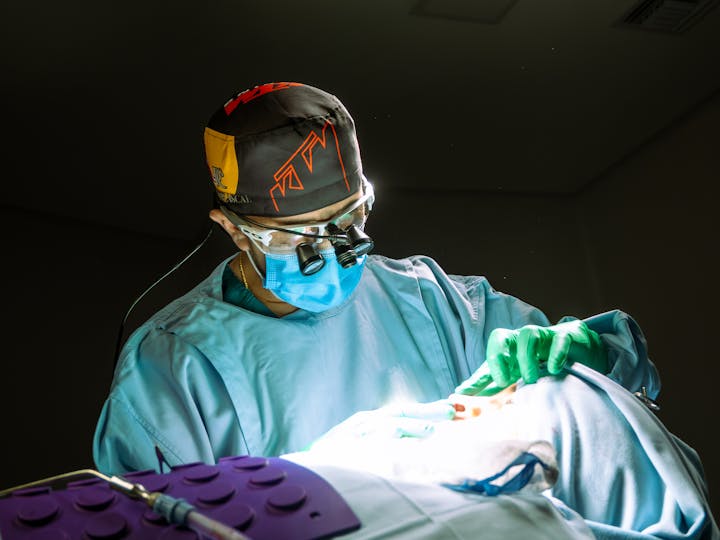Facial reconstructive surgery is often a serious decision. People usually consider it after an accident, illness, or due to a condition they were born with. In many cases, it is not just about looks but also restoring function. You may need help with eating, speaking, or feeling like yourself again.
But before you move ahead, it is essential to understand what’s involved. Each step matters and can help you prepare better. From choosing the right doctor to understanding the procedure and cost, everything needs careful thought.
This article will walk you through the key steps you should take if you are thinking about facial reconstructive surgery. It’s written in simple language so that anyone can follow along.
Start With a Medical Evaluation
Begin by visiting your regular doctor. This is where most people start. Your physician will go over your medical history and may run a few basic tests. These checks help determine whether surgery is needed or if another approach could work instead.
This first step helps set the right expectations. You may find out that there’s a more straightforward solution, or you may confirm that surgery is the most effective option. Either way, your doctor’s advice gives you a solid base before you move forward.
Speak with a Skilled Expert
The next step after your initial examination is to see a facial reconstruction specialist surgeon. Look for someone who offers Specialized Jaw & Facial Reconstruction Services and knows the medical and practical aspects of surgery. The right group will provide thoughtful, well-thought-out care. These experts offer well-planned and careful treatment. These professionals often use advanced tools and planning methods.
Don’t forget to bring any questions, test results, and medical records. A competent specialist will pay close attention to you and explain your options. Additionally, they will clarify what is realistic. Take this step seriously because it sets the tone for everything after it.
Go Through Facial Imaging and Planning
To prepare for surgery, your specialist will request detailed images of your face. These might include CT scans, X-rays, or 3D imaging. These tools show the structure of your bones, tissues, and nerves. The surgeon uses these images to design a safe and accurate plan.
This stage may take time. Sometimes, you’ll need more than one visit to complete the planning. That’s normal. It means the team is being careful and thorough. Planning helps avoid problems during surgery and improves the final outcome.
Understand the Procedure Options Based on Your Needs
By this point, your surgeon will be able to walk you through the procedure details. Depending on what needs to be done, they may talk about working on bone, soft tissue, or both. Some treatments can be done in one session. Others may need to be spaced out. They’ll also let you know if other techniques—like bone grafting or dental implants—are part of the plan.
Don’t hesitate to ask about each step. You should understand the expected timeline, results, and any possible changes along the way. A clear picture will help you feel more confident moving forward.
Review Surgery Timelines and Expected Recovery
Recovery is a big part of the journey. After surgery, healing times can vary from person to person. Some may need a few weeks, while others could take longer. It depends on the extent of the work done.
Ask your doctor how long you’ll need to take off work, when you can return to your daily routine, and what kind of support you might need at home. You should also discover what to expect with pain, swelling, and follow-up visits.
Most surgeons will give you a written plan for recovery. This might include instructions for caring for wounds, signs of infection to watch for, and what activities to avoid. Stick to the advice you’re given—it makes a big difference in how well you heal.
Create A Financial And Insurance Plan
Lastly, you have to understand the financial implications of your choice. Request an accurate cost breakdown that includes everything from the imaging and consultation to the surgery and post-operative care. Many reconstructive surgeries are deemed medically necessary and may be partially or fully covered by insurance.
But every policy is unique. For clarification on what’s covered, contact your provider or the clinic’s billing department. Look into payment options in advance if any portion isn’t covered. Budgeting in advance reduces surprises later on and frees you up to concentrate on your recuperation.
Wrapping Up
If you’re thinking about facial reconstructive surgery, take the first step by speaking with a qualified specialist. Ask questions, review your options, and make informed choices. Your comfort and outcome depend on early preparation. Book a consultation with a trusted professional and start building a plan that’s right for you. Your next step matters—make it count.

